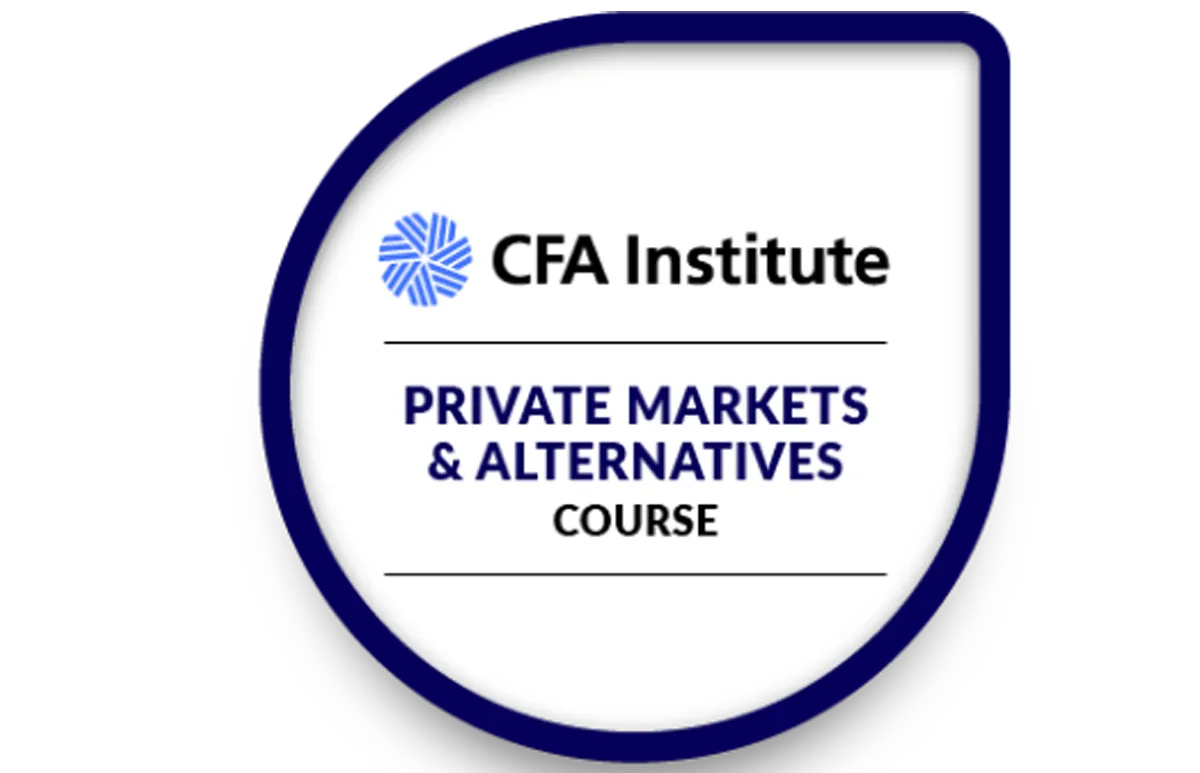Past performance may not be indicative of future results. Therefore, no current or prospective client should assume that future performance of any specific investment or investment strategy (including the investments and/or investment strategies recommended or undertaken by Paramount Associates Wealth Management) made reference to directly or indirectly by Paramount Associates Wealth Management in its web site, or indirectly by a link to an unaffiliated third party web site, will be profitable or equal the corresponding indicated performance level(s). Different types of investments involve varying degrees of risk, and there can be no assurance that any specific investment will either be suitable or profitable for a client or prospective client’s investment portfolio. Historical performance results for investment indices and/or categories generally do not reflect the deduction of transaction and/or custodial charges, the deductions of an investment management fee, nor the impact of taxes, the incurrence of which would have the effect of decreasing historical performance results. Certain portions of Paramount Associates Wealth Management web site (i.e. newsletters, articles, commentaries, etc.) may contain a discussion of, and/or provide access to, Paramount Associates Wealth Management (and those of other investment and non-investment professionals) positions and/or recommendations of a specific prior date. Due to various factors, including changing market conditions, such discussion may no longer be reflective of current position(s) and/or recommendations(s). Moreover, no client or prospective client should assume that any such discussion serves as the receipt of, or a substitute for, personalized advice from Paramount Associates Wealth Management, or form any other investment professional. Paramount Associates Wealth Management is neither an attorney nor an accountant, and no portion of the web site content should be interpreted as legal, accounting or tax advice.























